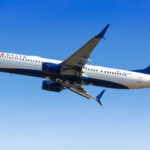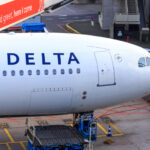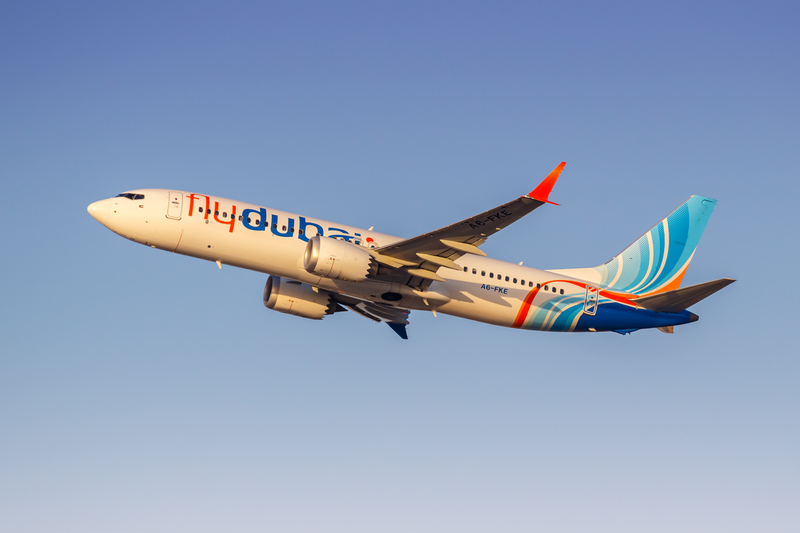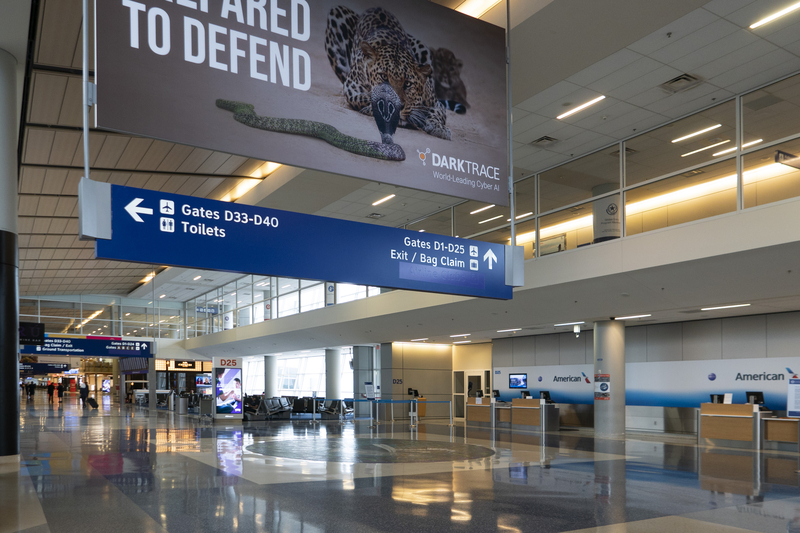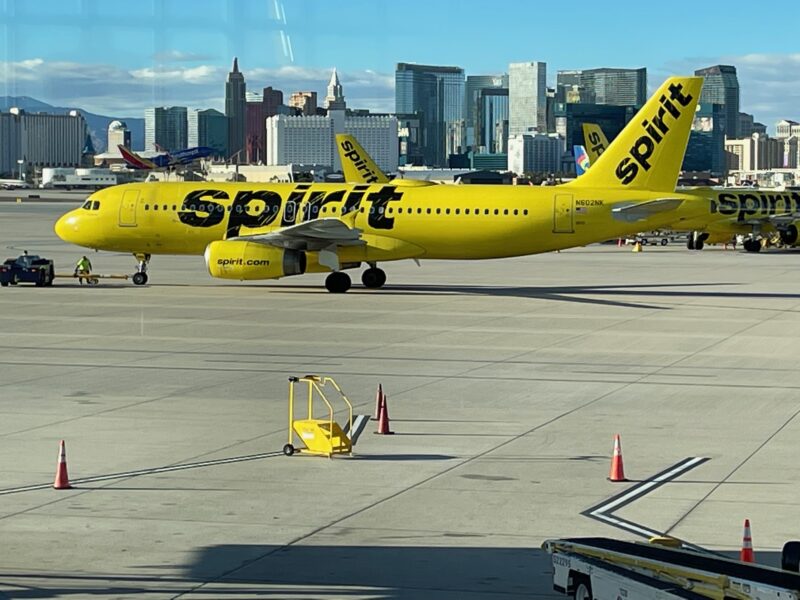Regional Airlines Face Ongoing Pilot Shortages Despite Slowing Major Airline Hiring
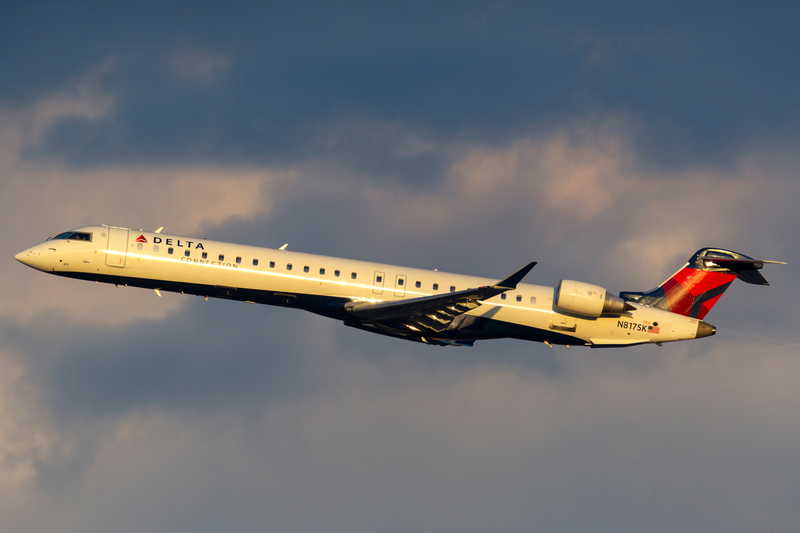
ID 155183914 © Ryan Fletcher | Dreamstime.com
Regional Airlines Continue to Face Pilot Shortages as Major Carriers Slow Hiring
Despite major U.S. airlines like Delta and American scaling back their pilot hiring efforts, regional airlines continue to struggle with a severe shortage of pilots, particularly captains and first officers. This ongoing issue is leaving many regional carriers with grounded aircraft and underutilized fleets, creating operational challenges across the sector.
Regional Airlines Hit Hard by Shortages
While large airlines have filled many pilot roles after record hiring post-pandemic, regional carriers, such as GoJet Airlines, are still grappling with the effects of the industry’s workforce shortages. Many pilots left regional airlines for higher-paying opportunities at major carriers in recent years, and despite some recovery in supply, these regional carriers are struggling to attract and retain talent.
GoJet CEO Rick Leach highlighted the impact of these shortages, noting that his airline has had to increase salaries and incentives to attract pilots. “We’ve had to raise salaries by multiples to stay competitive and ensure we’re attracting new captains and first officers,” Leach stated, underscoring the industry’s efforts to bring pilots back to the regional sector.
Catching Up After a Pilot Exodus
The exodus of pilots to major airlines between 2021 and 2023 left a significant void in the regional airline workforce. While major carriers benefited from the recovery in air travel, the Regional Airline Association (RAA) warned that shortages could worsen if aircraft deliveries increase and economic conditions strengthen. Even as major airlines slow down hiring, regional airlines are still working to balance their captain-to-first officer ratios.
Kit Darby, President of KitDarby.com Aviation Consulting, echoed these concerns, emphasizing that regional airlines could be pushed into deeper shortages as the demand for pilots returns with fleet expansions.
Operational and Service Reductions
The pilot shortage has left many regional airlines unable to operate at full capacity. Some airlines have had to ground aircraft and reduce services to small communities that depend heavily on regional flights. In fact, nearly 76% of U.S. communities saw service cuts in the last few years due to productivity constraints at regional carriers.
Both Delta Air Lines and American Airlines have indicated plans to improve productivity at their regional subsidiaries. Delta’s President, Glen Hauenstein, stated that the airline still has about 100 regional jets that are either not flying or underutilized. This reflects the extent of the challenges regional carriers are facing, despite efforts to increase productivity.
Looking Ahead
While the regional airline sector continues to face headwinds, there are signs of recovery. American Airlines plans to add between 20 to 25 fully-utilized regional aircraft each quarter throughout 2024, hoping that improved pilot supply will enable a return to more stable operations.
Bottom line
Regional airlines are still struggling with a pilot shortage, despite major carriers slowing down their hiring efforts. To maintain operations, regional airlines are raising pay, improving incentives, and working to rebalance their captain-to-first officer ratios. As the pilot supply improves, regional carriers are hopeful that they can gradually return to full capacity and continue providing essential services to smaller communities.
